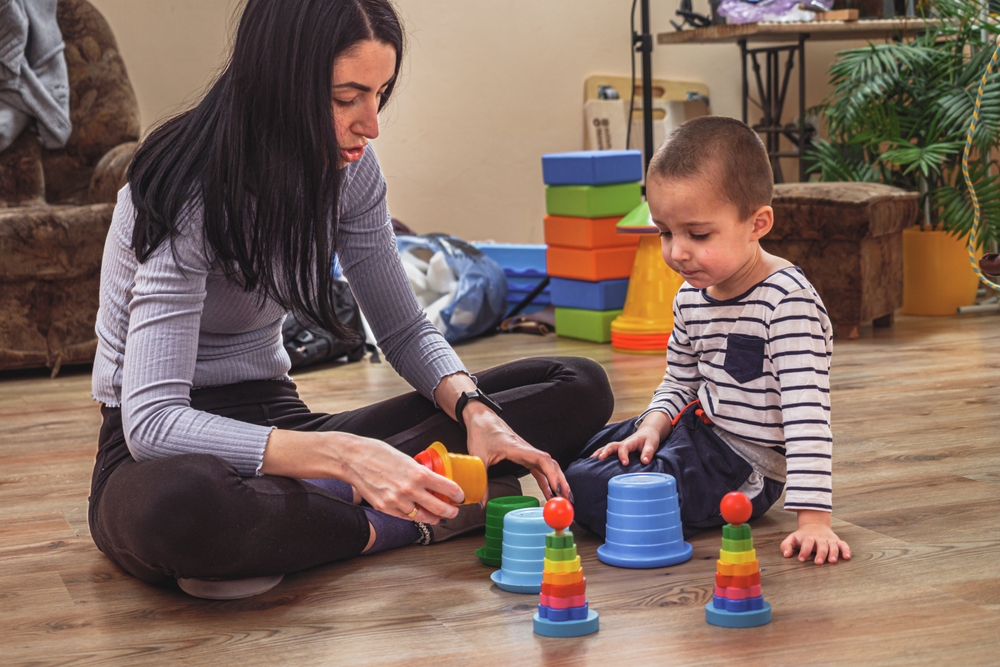
Sensory Integration Disorder (SID), also known as Sensory Processing Disorder (SPD), affects how the brain interprets and responds to sensory information from the environment. While the condition can impact all senses, vision plays a particularly significant and often overlooked role in sensory integration.
What Is Sensory Integration Disorder?
Sensory Integration Disorder occurs when the brain has trouble receiving and responding to information that comes in through the senses. For some individuals, this can result in hypersensitivity (over-responsiveness) or hyposensitivity (under-responsiveness) to sensory input. This often manifests in behaviors such as avoiding certain textures, struggling with balance, or reacting strongly to light or noise.
SID can affect daily functioning, attention, learning, and emotional regulation - especially in children. The complexity of the condition means that multiple systems in the brain are involved, including those responsible for visual processing.
How Vision Influences Sensory Processing
Vision is our dominant sense, accounting for about 80% of what we perceive and understand from our environment. In individuals with SID, disrupted visual processing can significantly interfere with the brain’s ability to integrate sensory input effectively.
Key visual components that impact sensory integration include:
Eye teaming: Difficulty coordinating both eyes can lead to double vision or visual confusion, making tasks like reading or copying from the board challenging.
Eye tracking: Impaired tracking affects how smoothly the eyes follow a moving object, which can lead to difficulty in sports, reading, or maintaining attention.
Visual perception: Challenges in interpreting or making sense of visual information can lead to issues with spatial awareness, coordination, and organization.
When the visual system is not functioning optimally, it can overload or confuse the brain, making it harder to process other sensory information accurately.
Common Signs of Visual-Related Sensory Integration Challenges
Parents should be aware of the signs that suggest a child’s vision might be affecting their sensory integration. These signs include:
Frequent squinting, rubbing eyes, or complaining of tired eyes
Poor hand-eye coordination
Avoiding tasks that require visual focus, like puzzles or books
Difficulty catching a ball or navigating spaces
Sensitivity to light or motion
Behavioral challenges in busy visual environments
Early Detection Is Key
Early identification of visual processing issues is key to understanding the full scope of a sensory integration disorder. A visual system evaluation can uncover underlying deficits that may be contributing to sensory challenges. Recognizing these issues allows for a more accurate diagnosis and a well-rounded intervention plan. By pinpointing the visual component of sensory processing difficulties, families can take more informed steps toward helping individuals navigate their environments with greater ease and confidence.
Start with the Right Diagnosis at Neuro-Vision & Rehabilitation Center
Understanding the connection between vision and sensory integration is a vital step in accurately identifying and managing Sensory Integration Disorder. Identifying visual processing issues early can provide clarity, guide more effective treatment plans, and improve overall outcomes for individuals with SID.
Schedule a consultation at Neuro-Vision & Rehabilitation Center and learn how we can help achieve better balance, focus, and confidence through improved visual processing. Visit our office in Folsom, California, or call (279) 321-9059 to book an appointment today.












